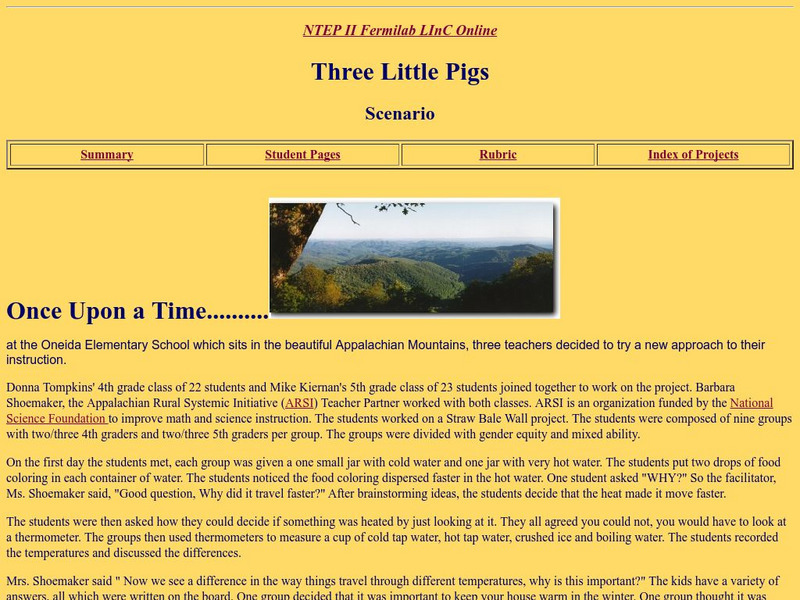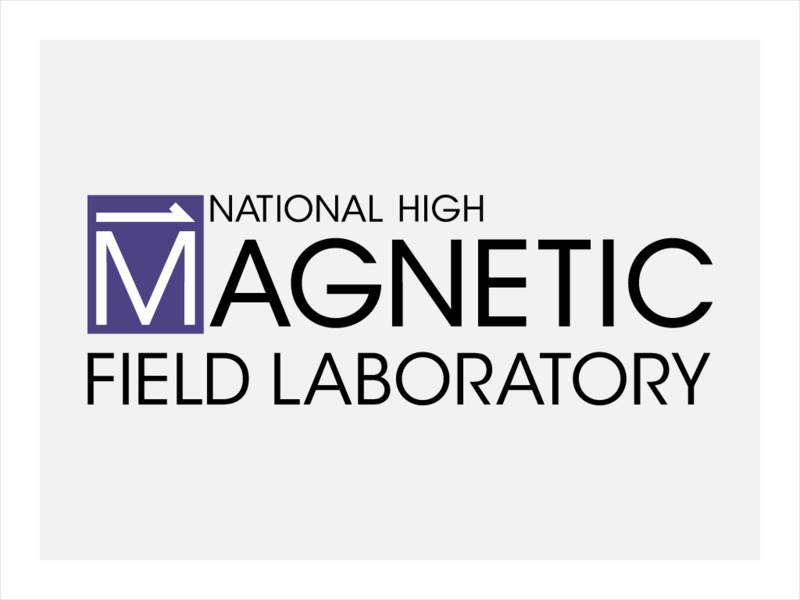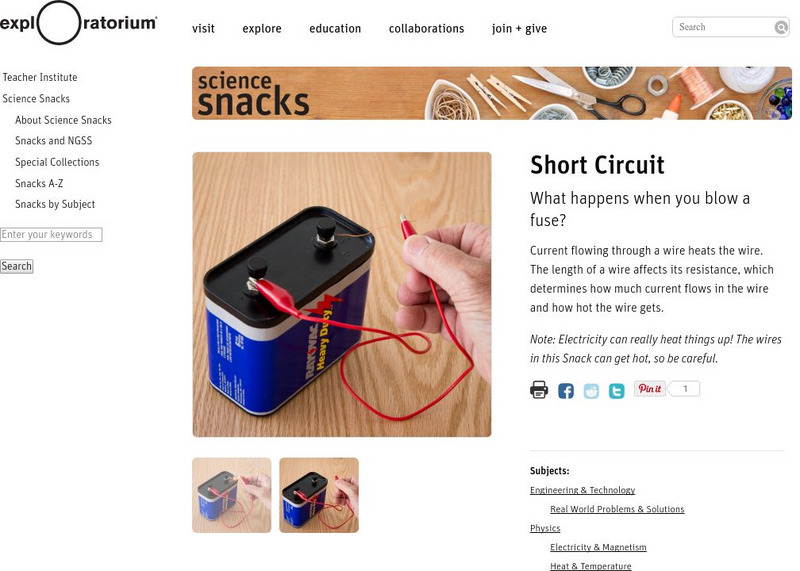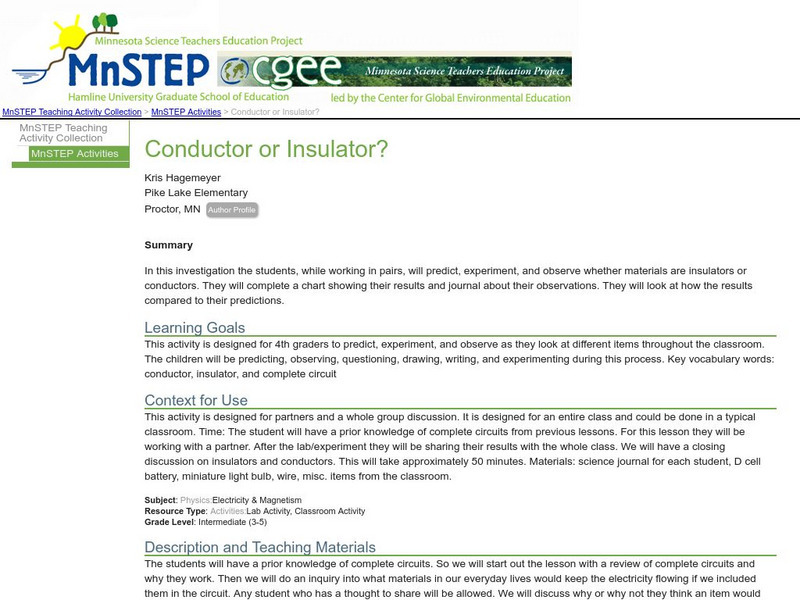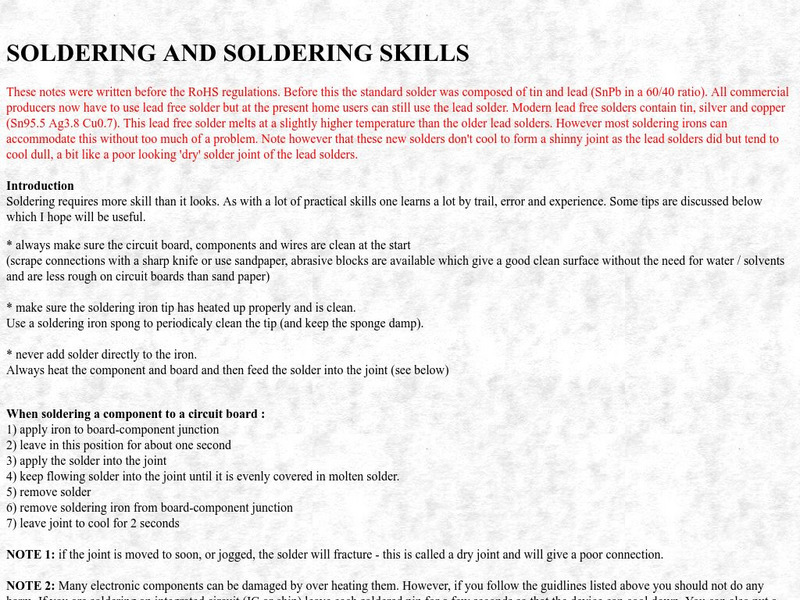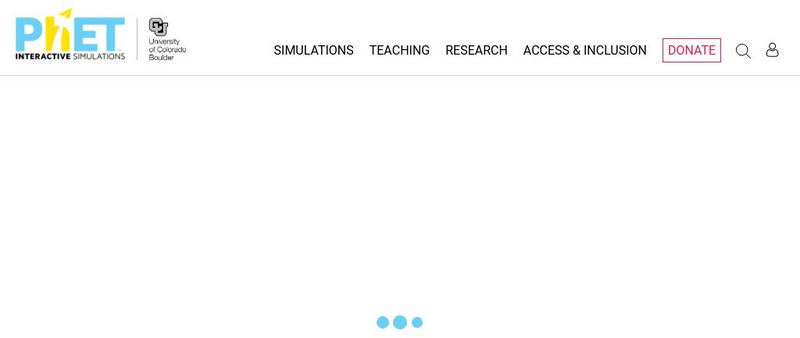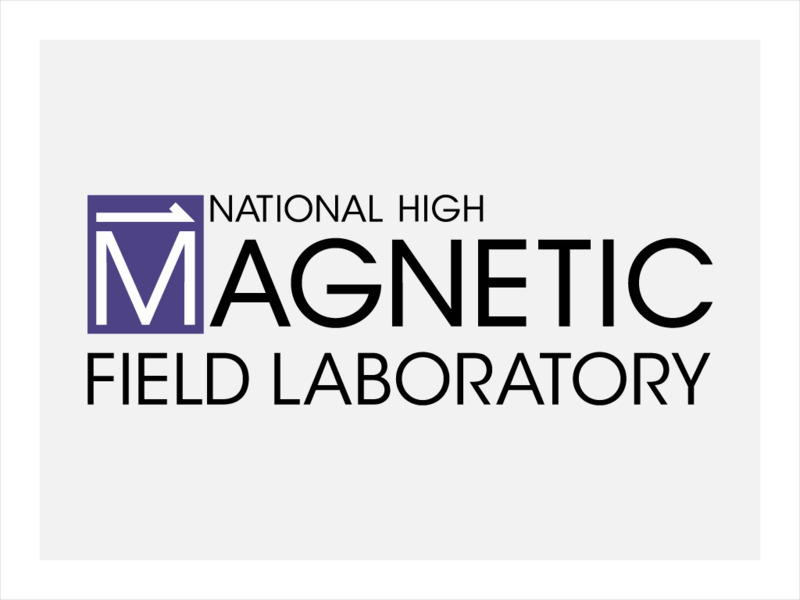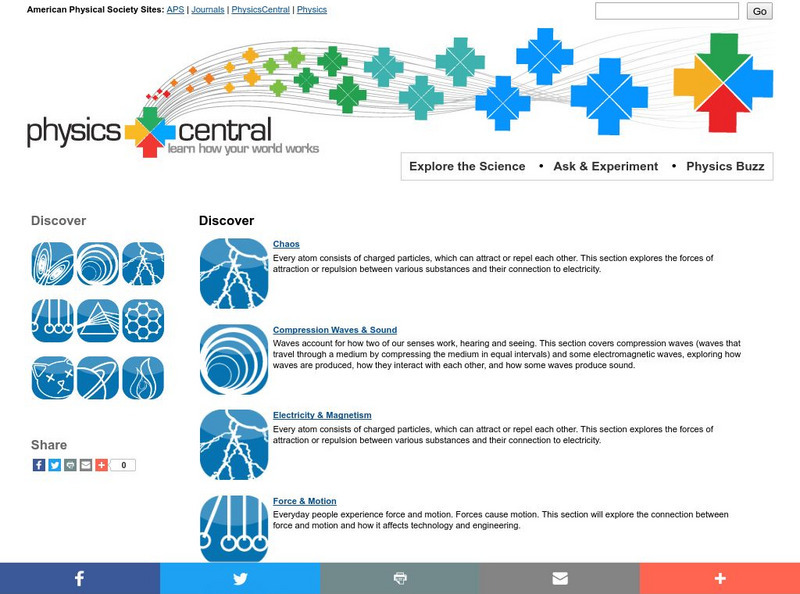Ducksters
Ducksters: Environment for Kids: Wind Power
Kids learn about wind energy and how this renewable power can help the environment. Teach students about turbines that generate electricity from the wind.
Other
L in C Online: Three Little Pigs
An energy transfer project for junior high school students is presented and described. Takes the form of a teacher lesson plan. Students may be able to extract some ideas for a project or experiment.
National High Magnetic Field Laboratory
Magnet Academy: Nikola Tesla
Awarded more than 100 patents over the course of his lifetime, Nikola Tesla was a man of considerable genius and vision. He was reportedly born at exactly midnight during an electrical storm, an intriguing beginning for a man who would...
National High Magnetic Field Laboratory
Magnet Academy: Sulfur Globe 1660
In the 17th century, German scientist Otto von Guericke built and carried out experiments with a sulfur globe that produced static electricity.
Museum of Science
Museum of Science and Industry: Online Science: Cling to Me
A set of four station activities involving static electricity that can easily be done in the classroom.
PBS
Pbs Teachers: Hot Air Balloon Experiment
Explore how heat affects the density of air by building and flying a hot air balloon using large plastic bags and the hot air from an electric hairdryer.
Curated OER
Library of Congress: Everyday Mysteries: Static Electricity
A picture of two girls hair raising experience with static electricity.
Exploratorium
Exploratorium: Science Snacks: Short Circuit
Learn how fuses and circuit breakers work to stop the flow of electricity in a circuit so as to prevent fires. This experiment requires caution.
Science is Fun
Science Is Fun: Conducting Solutions
An experiment where one must first build a conductivity tester, then use it to test how well water conducts electricity when different materials found around the home are each dissolved in it.
Science Education Resource Center at Carleton College
Serc: Conductor or Insulator?
In this investigation the students predict, experiment, and observe whether materials are insulators or conductors.
Creative Science Centre
Creative Science Centre: Soldering and Soldering Skills
Soldering requires more skill than it looks. As with a lot of practical skills one learns a lot by trail, error and experience. Some tips are discussed here. These notes were written before regulations were introduced requiring solder to...
Wikimedia
Wikipedia: Galvanic Cell
Luigi Galvani discovered the galvanic cell by experimenting with nerves on a frog leg! This on-line encyclopedia discusses how to find the electric potential of a galvanic cell along with an explanation of how unwanted galvanic cells are...
PBS
Pbs: Scientific American Frontiers: Standing Tall
Experience FES or functional electrical stimulation, through the eyes of a patient who lives it. Learn how doctors gave a paralyzed patient control over her muscles.
University of Colorado
University of Colorado: Ph Et Interactive Simulations: Wave Interference
Conduct virtual experiments with water, sound, and light waves to determine the sine wave and patterns created in each.
Exploratorium
Exploratorium: Curie Temperature
In this experiment, students experience the Curie point--and what happens when a piece of iron gets too hot to attract a magnet.
Science Education Resource Center at Carleton College
Serc: Investigating Batteries: Building an Electrolytic Cell
For this inquiry, students will attempt to build an electrolytic cell which will cause a bulb to turn on then diagram the set-up. Included in this lab, students will experience voltage, solve a problem using the Nernst equation, and...
TryEngineering
Try Engineering: Series and Parallel Circuits
The core of this lesson is simple circuits and the differences between parallel and series circuit design. Students perform experiments to test the differences between the two circuit designs using low voltage light bulbs.
The Franklin Institute
The Franklin Institute: Edison's Lightbulb: History of Science and Technology
The Franklin Institute features a biography of Thomas Edison and a complete description of the light bulb as well as an experiment.
Exploratorium
Exploratorium: Science Snacks: Gel Electrophoresis
An activity to create gel electrophoresis on a budget! This activity has students building their own gel electrophoresis and then using electricity to separate the dyes.
Science and Mathematics Initiative for Learning Enhancement (SMILE)
Smile: Qualitative Coulomb's Law Lesson
A detailed lesson plan for helping students to qualitatively experience the force versus distance relationship of Coulomb's law.
PBS
American Experience: Technology Timeline: 1752 1990
Short descriptions of important technological innovations produced in America and the date of their introduction.
Texas Instruments
Texas Instruments: Lemon "Juice"
"Juice" is a slang term sometimes used for electricity. Batteries are made up of one or more cells. Cells often consist of two different materials in a solution that are connected to each other by a wire. In this experiment, you will...
National High Magnetic Field Laboratory
Magnet Academy: Oersted's Compass
Recreate the discovery by Hans Christian Oersted about the relationship between electricity and magnetism in this very simple experiment.
Physics Central
American Physical Society: Physics Central: Discover Homepage
Link to nine major physics topics and dig deeper into the content. Find out about the work of scientists in each field and see example physical science experiments.



